POPULONIA, Etruria. Ca. 211-206 B.C. Time of the Second Punic War
Gold 50 Asses
2.83 grams
Superb Extremely Fine

The Lawrence R. Stack Collection was formed, essentially, over the course of the last three decades. Larry Stack, a Philosophy and History major in college, has continued to have an abiding interest in history. This, combined with his appreciation of fine detail and artistic composition in coins and medals, naturally directed his attention to ancient Greek coins. These miniature masterpieces of Greek art captured his imagination as they have so many others.
The Greek colonies of the western Mediterranean, the cities of Sicily and Magna Graecia in Italy, constituted the New Frontier of the Greek world. Freed from the innate conservatism of the mainland, these western colonies had the wealth to attract the best artists and the willingness to encourage them to express their creativity in imaginative ways. It is not surprising, therefore, that nearly half of the Lawrence R. Stack Collection focuses on the coinage of Magna Graecia and Sicily.
In the course of approximately 100 years, the Western Greeks experimented with nearly every form of government: aristocratic oligarchy, a religious/ philosophical cult oligarchy (the Pythagoreans), tyranny, democracy, and military dictatorship. This willingness of experiment also extended to coinage, as manifestations of the pride of the ruling groups and personal expressions of innovative artistry. Late in the 6th century B.C. several cities in Magna Graecia, most specifically, Tarentum, Metapontion, Poseidonia, Sybaris, Kaulonia, and Kroton, began archaic issues characterized by a broad and thin flan, an obverse heraldic badge and an incuse reverse. These issues evolved, first with more compact, thicker flans, then with a different incuse reverse design, and finally with a different reverse type in relief. The Stack collection has exceptional examples that illustrate each phase of this evolution.
It was in Sicily, however, that the most remarkable artistic creations can be found. The last half of the 5th century, in particular, saw a remarkable surge in the creative outpourings of master die engravers, not only in Syracuse, but also in neighboring cities such as Akragas, Gela, Kamarina, Katana, and Messana. Artists experimented with new forms, more classical in the representation of ideal human beauty, and injected with a vitality never before seen in numismatic art. Quadrigas come alive, Artemis-Arethusa shows the profile of beautiful contemporary women, eagles scream victoriously over their prey, serene Apollo heads turn slightly away from the viewer. Works of such famous die engravers as the Master of the Leaf, Herakleidas, Eumenos, Phrygillos, and Euainetos are all represented in this outstanding collection. The famous Dekadrachms of Syracuse, perhaps the most iconic of ancient coins, are represented by no fewer than seven examples, including the extremely rare Demaretion. In addition, the silver Tetradrachms of Syracuse show the pictorial evolution of the local goddess, Artemis-Arethusa, from a severe archaic statue, to a living, contemporary beauty. The Stack Collection has several exceptional examples illustrating this evolution.
It was not only the silver coinage of Greek Sicily, however, that demonstrated the ability of the die engravers. Toward the end of the 5th century and into the 4th and 3rd centuries, gold fractions were struck, primarily as emergency issues in time of war, that are extraordinary for the careful detail and exceptional execution they illustrate. Perhaps the most famous is the Ephebos Tetralitron (lot 2111) which shows the youth in an unprecedented motif with masterful and life-like delicacy.
While the Stack Collection has an important focus on the masterpieces of Greek coinage in the west, mainland Greece is by no means ignored. From the tribal Dodekadrachms of northern Greece to the league coinage of Central Greece and the Peloponnesos, the Stack Collection has fine examples showing the diversity of the coinage of the area. It also illustrates the historical phases of the Greek mainland from the Persian invasion to the experiment of political leagues in solving the problems of conflicting city-states, ending with the final creation of post- Alexander kingdoms. Of particular interest is the exceptional offering of Athenian Wappenmiinzen and early archaic coinage. It is most unusual to find so many Archaic Owls in one place, permitting the viewer to trace the evolution of the type from the earliest period to the massive issues beginning in 449 B.C.
The Stack Collection concludes with a fine selection of Silver from Crete and illustrative pieces from Asia Minor. Of particular numismatic and historical interest are the Greek gold and electrum issues from Kyzikos, Lampsakos, and Mytilene which served to supplement the Persian Daric for national and international trade. Also of extreme importance are a number of gold pieces that appeared at the time of or shortly after the destruction of the Persian empire. Among these are the extremely rare Gold Stater of Pergamon (lot 2233) which was struck sometime after 336 B.C., and the early Ptolemaic Gold Stater (lot 2265) by which Ptolemy, now claiming to be king, tried to inherit the mantle of Alexander the Great. The fitting conclusion of the Lawrence R. Stack Collection of Greek Coins is the rare and impressive Carthaginian Dekadrachm which, struck at the time of the First Punic War against Rome, shows a combination of Greek and non-Greek influences on the eve of the end of the Greek political world and the mastery of Rome.
Collecting coins has been a passion of mine for over 50 years. Coins have been a way of life, a window into the past and a source of constant inspiration. I was fortunate indeed to have been born into the Stack family, who in the midst of the Great Depression, founded a numismatic dealership and auction house that has been virtually synonymous with the coin collecting hobby for generations.
As a key member of the Stack’s firm for almost 35 years, the opportunities to acquire great examples of ancient Greek coinage came my way with greater frequency than many more casual collectors. My late uncle Norman Stack and I worked together on my first collection of Greek coinage, which was sold at auction in September 1980. Although Norman is no longer with us, our shared experience and enthusiasm in the formation of my first collection provided the impetus to restart and refocus this second collection, which I have had the pleasure to curate for the Stack family.
This collection is very dear to me. It has matured as I have matured. While amassing these coins over the past several decades, I have traveled throughout the world. My travels took me through England, France, Germany, Switzerland, Italy, Sicily, Greece and its surrounding islands, Spain, and Portugal. I have walked for hours in the baking sun along the winding paths of ancient ruins and spent many quiet hours visiting both obscure and renowned museums, featuring not only coins but artistic treasures of the ancients. Along the way, I have had the pleasure of learning from a wide variety of people around the world, including museum curators, my fellow professional numismatists, archaeologists and collectors. Many of these individuals become fast friends while they generously shared their expertise and enthusiasm. And while I have thanked them privately in the past, I wish to do so again, publicly.
The roughly 300 coins that comprise this collection were all purchased with concerted thought and purpose. They were also chosen because of their artistic beauty and their sheer, undeniable eye appeal. And while quality is always important in our hobby, I did not let the concept of technical grade override the subtleties of overall appearance and artistic merit. In every sense of the word, these are truly man-made objects, produced without machines and fashioned with vast differences in methodology and artistic vision.
I have always viewed ancient Greek coins as precious artifacts. They are miniature pieces of art that paint grandiose pictures of the past. They bear illustrations of ancient mythologies and histories which were familiar to the many who handled the coins during their original circulation. Modern man’s ability to appreciate these coins is richly informed by ever widening sources which include ancient literature, historical accounts and archaeological sites and finds. The pursuit and appreciation of this type of knowledge is a personal and life-long goal in which these coins play a small and beautifully concrete part.
I have amassed and sold several other notable collections including United States type coins. United States colonial coins, Roman Aurei, French coins. Renaissance Silver coins and, of course, my ancient British and English Hammered coins. The collection of Greek coins to follow has been, perhaps, the most personally satisfying. Thousands of pleasurable hours have been spent in research, catalogue study, physical examination and travel. And because the most interesting segment of this collection has always been the issues of the archaic period, I believe that’s where my future numismatic journeys will take me. Frankly, I can’t believe that the sale of this collection is the end of the road in my pursuit of these ancient treasures. Indeed the very concept of collecting coins draws one further and further into a labyrinth of historical periods and their many and varied related fields.
By selling yet another collection, I again feel that I am disseminating a strand of valuable information for those who choose to lose themselves in the maze of ancient numismatics. I hope I am giving back what I have taken from others from whom I have learned and upon whose collections I have built. I have been blessed in my worldwide search for these coins. I have learned so much from those authors, living and dead, who have published the fruits of their historical and archaeological research, research which will hereafter enhance the understanding and appreciation of all numismatic pieces. Maybe that is truly what collections are all about. And maybe, as collectors, our greatest wish is to pass on the torch which will illuminate the next generation’s enjoyment. I urge all who have never collected ancient Greek coinage to touch, feel and hold a piece of history in the palm of their own hand. Don’t be afraid — they don’t bite, despite the fact that so many of us have been bitten by the undeniable passion of ancient Greek numismatics.
This sale took place on January 14, 2008.
View the entire Lawrence R. Stack Collection of Ancient Greek Coins here.
Lawrence R. Stack
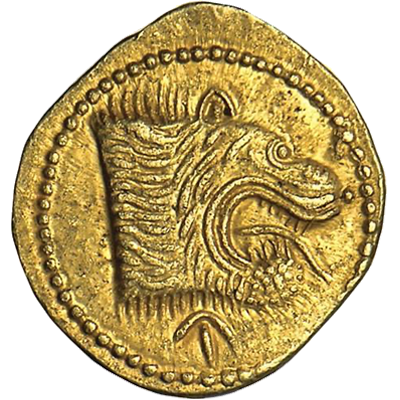
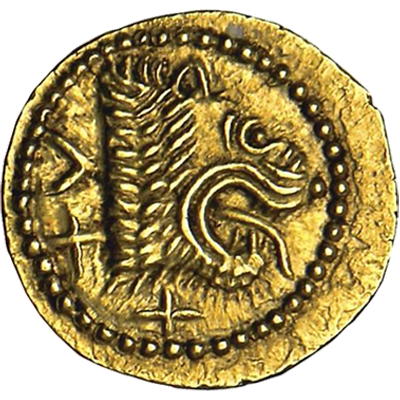
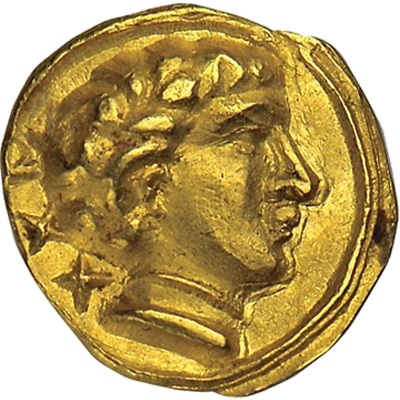
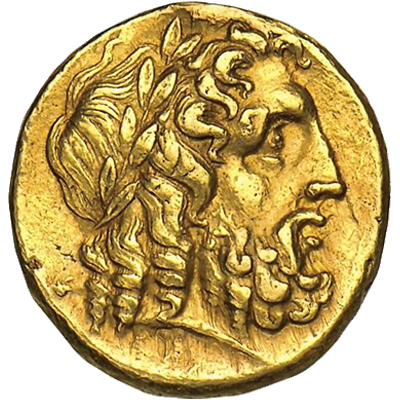
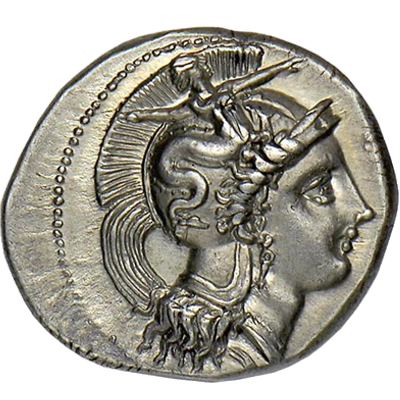
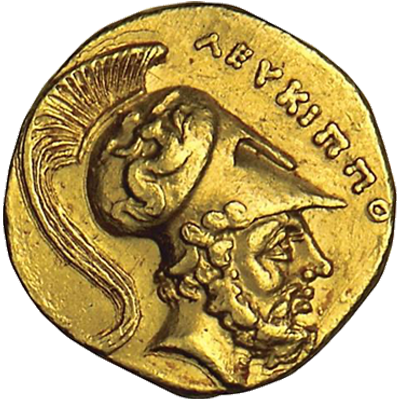
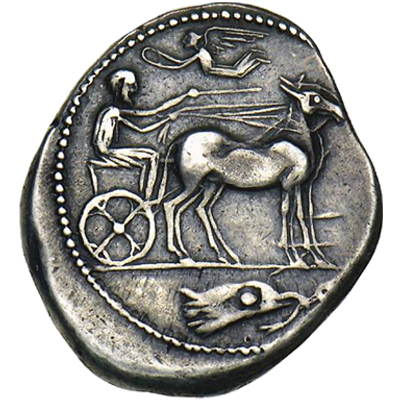
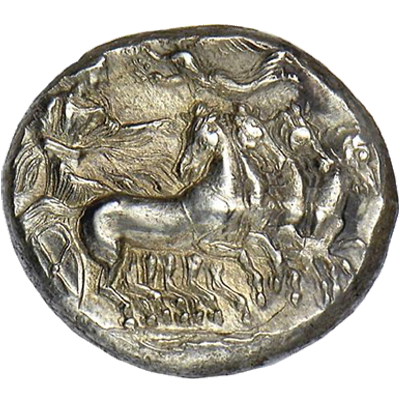
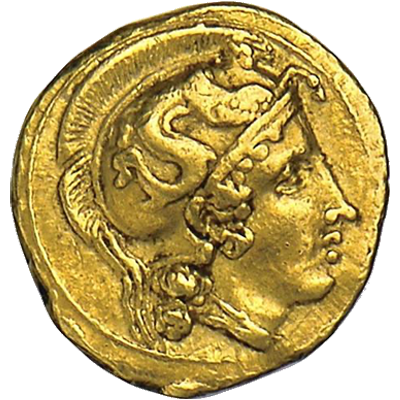
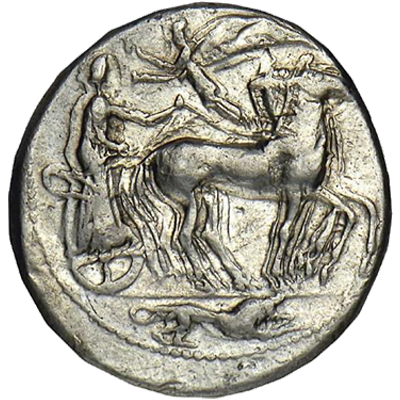
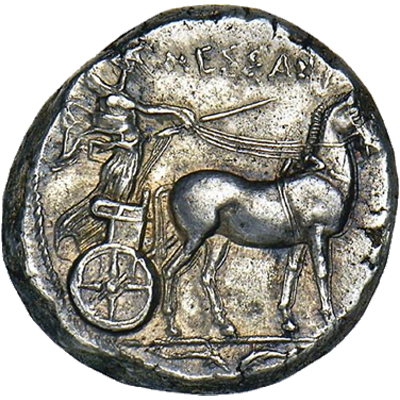
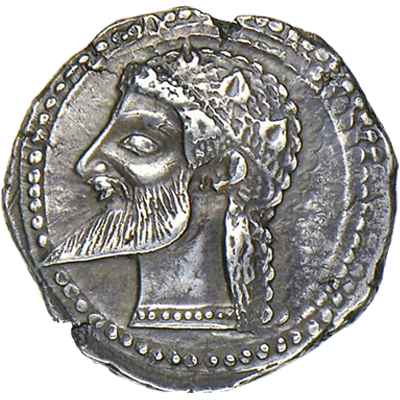
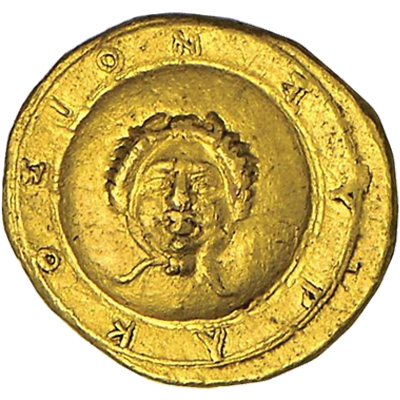
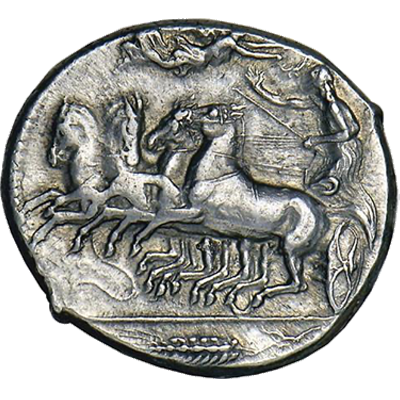
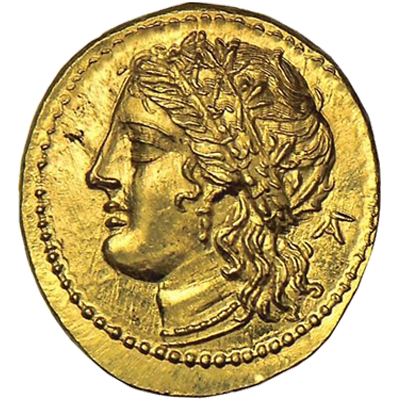
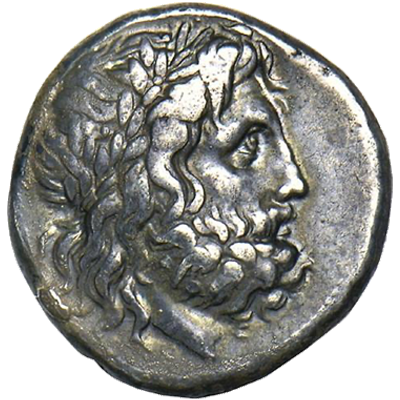
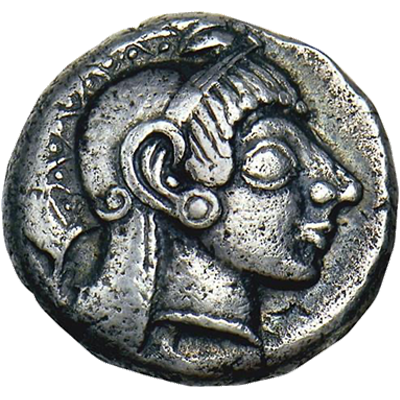
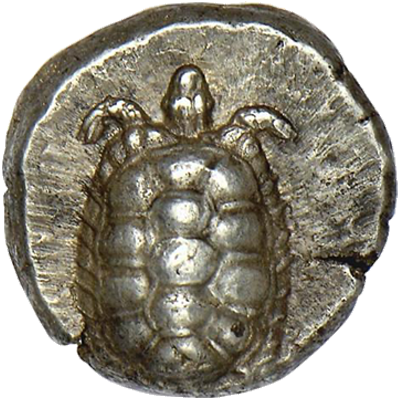
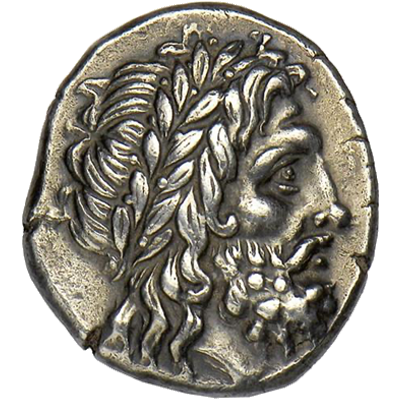
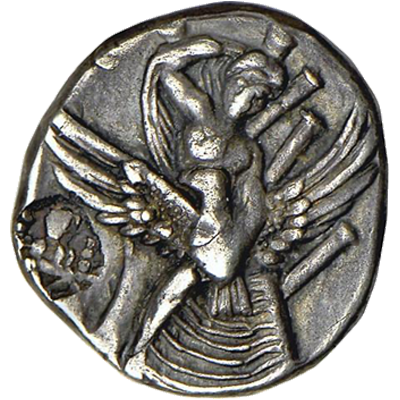
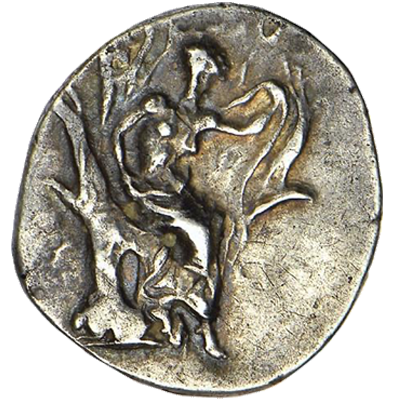
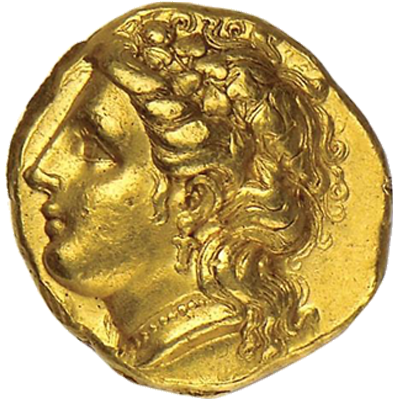
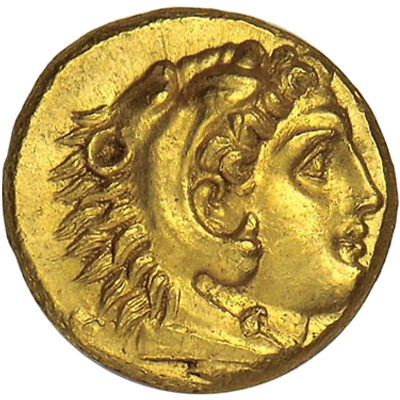
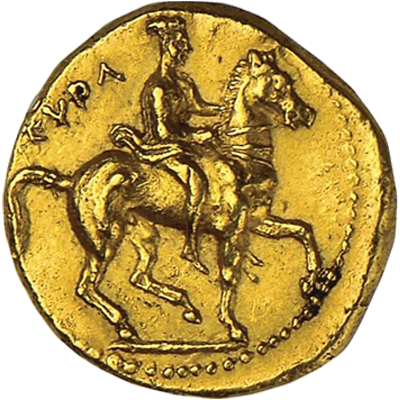
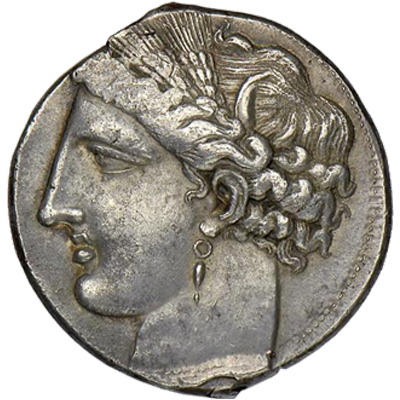
Don't miss an auction!
Subscribe to our newsletter.
West Coast Office • (800) 458-4646
Midwest Office • (800) 817-2646
East Coast Office • (800) 566-2580
[email protected]Hong Kong, China Office • +852 2117 1191
[email protected]Additional representatives
available worldwide.
* Walk-ins welcome